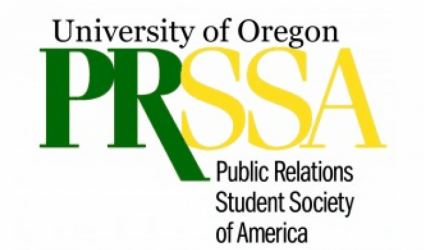By Kate Miller
Breaking news: Most students attending college right now are not millennials, even though older people still categorize us as millennials. According to The Huffington Post, if you were born in 1995 or later you are part of “Gen Z.” Sorry to all of the thirty somethings who still want to relate to college kids. A “millennial” is a person who is or becomes a young adult in the year 2000.
Although many of us thought we were millennials up until recently, there are some key differences between us and “true millennials.”
- We are global.
Since our generation grew up with technology, Gen Zer’s relate closer with internet users across the world than the generations above. We are considered the first to be fully global: meaning we think, relate and interact with a global mindset. Ask yourself if you could go a week without your device or even a day? Huffington Post found 40 percent of Gen Z self-identifies as “digital device addicts.” This is contributing to the change in strategic marketing strategies across the board.
Think about how many TV ads Starbucks put out about the new unicorn frappuccino. I have yet to see one. There very well could be, but Starbucks is targeting “Gen-zennials” a Ketchum term for the cohort of 16-24 year olds in between generations. This Starbucks campaign is meant to be instagrammed.
We are a generation that has device dependency that leaves little time for TV consumption, and little interest for traditional advertising and news consumption causing brands to have to change their strategy. When marketing products, keep in mind that times have changed and Gen Z relates to diversity and responds to visuals. If you are starting a campaign, make sure to tailor it to social media and make sure it is sharable.
- We are individuals.
Generational hipsters were born social and started developing a brand for themselves from a young age. Myspace, Tumblr, Musically, Facebook, Snapchat, Instagram, Reddit, Weheartit, Vine etc.; 92 percent of Gen Z has a digital footprint. Local coffee shops, #exploregon and thrifting have become a generational norm. Gen Z looks for uniqueness in their brand and what they consume. They are focused on being different, embracing globalization and diversity.
Being unique is trendy. This is creating even more need for PR professionals to target messaging to specific groups due to the expansive individuality and diversity of this generation. Take a look at Lynda.com and Facebook blueprint. In order to strategically target Gen Z, it is becoming essential to understand your target market and to use paid media as an advantage for your brand.
- We are constantly multitasking.
Due to the constant speed of social media, especially on channels like Snapchat and Vine, Gen Z is developing a shorter attention span. There is an instant gratification expectation. We are reshaping the way PR professionals are setting up campaigns because when we are doing five things at once there is a lack of observation and attention to detail that PR professionals pride themselves in. It takes a visual appeal to grab the attention of a Gen Z. But this should not dismiss the work ethic of Gen Z and the way they are reshaping the classroom and workplace in PR.
Gen Z has created a shift within the work and play boundaries, multitasking is increasing productivity for offices, and making work environments more desirable due to the blurred lines. This requires PR professionals to step up their game and target audiences in a compelling and relatable way. When creating messaging keep it short and sweet because your messaging is getting read in between a scroll.
- We are self-starters.
Because Gen Z was immersed in technology growing up, they are thinking entrepreneurially. Gen Z likes independence, they are self-starters and 72 percent of teens in Gen Z desire to start their own business one day. A lot of what has shaped Gen Z is growing up in the recession in 2008 which is apparent in how much they value experiences and how frugal they are with their money.
Gen Z is not seeing the value in higher education like previous generations and employers are predicting more young adults go straight into the workforce. The cost versus gain to of school does not seem to be paying off in comparison to the loans Gen Zer’s will be paying off long after.
Gen Z values efficiency and knowledge is included. If there is a way for them to learn something in a more affordable, timely manner that is less traditional, they will most likely take that route. When targeting this audience taking an approach like Starbucks’ unicorn drink, five days only, for a drink most consumers wouldn’t traditionally purchase, not only makes Gen Z want to consume because of the uniqueness, but the limited time increases value for Gen Zer’s.
- We have high expectations.
Gen Z expects brands to be loyal to them instead of the other way around. They want to feel appreciated. If they do not feel valued and appreciated they will take their loyalty somewhere else. Because Gen Z has grown up in a culture of innovation and technological advancements, they now expect this level of innovation instead of being amazed by how incredibly advanced technology truly is. As a PR person, sharing the values of the brand and how much you value your customers through messaging is crucial.
Gen Z is changing the PR and marketing world dramatically, causing us to be more strategic and technological when running campaigns. As a Gen Zer, I am sure some of these findings are relatable. Keep in mind now more than ever the importance of targeting.


